Oudinot On Behalf Of M And S
Louis M. Martini
California Burgundy Pinot Noir
This is misidentified as Pinot noir as the back label lists about 5 other varieties. Then again the back label is generic enough that it seems they put them on all their bottles back then. No vintage noted but is an early 60’s bottling. Still bright with loads of red fruit. What I seem to detect is a slight VA but others with more experience with older vintages says that it was on point. I’m good on the palate just not the aromatics. For a 50yr old wine I’m good with it. — 4 years ago
Boschendal
1685 S & M Shiraz Mouvedre 2016
Cool style bottle. Lip and raised glass makes it seem like it’s as old as the founding of 1685. Very dark purple. Borderline black. Nice nose, dark fruits of the vines and trees. Flavors are deep and full. Bit of mocha to go with the berry, plum fest. This also has that classic South African tire/rubber flavor in it. It’s pretty big, but it’s balanced, dry and complex. It’s well worth what it ran at grocery outlet. And it’s got that heritage on its side. — 4 years ago
Cantillon Brewery
Fou' Foune Lambic 2019

Montaudon
Classe M Brut Champagne Blend
Wine number 500! It is my Wife's birthday, so it calls for Champagne! Classe M is 7 year old NV champagne - elegant and a great ambassador of Reims. Bright baked apple core, lime zest, lemon sorbet, brioche, clover honey, honeysuckle, dried pineapple, tangelo, chalk mineral - golden color, medium bodied and medium plus fine bubbles, exhibiting both signs of maturity, yet the zing of youth that shows promise for further maturation. This is easily one of my favorite champagnes, and received a 92 point critique on Wine Spectator.
Michel, the winemaker was an incredibly nice man when I met him, in his 80's, still keeping tradition alive.
I like writing about the wines I experience because it helps me solidify the moment in my memory.. but I also like to write to learn better how to describe wine to others, as it is a passion of mine. Thanks to all who have shared their knowledge to me and opinions as I continue to explore the world of wine.
Cheers!
#montaudon — 8 years ago
Regusci
Estate Grown Block 3 Cabernet Sauvignon 2009
Fresh, ripe nose of; huckleberries, boysenberries, dark cherries, black raspberries, raspberries, black plum, plum, mocha/milk chocolate, caramel, baking spices, sweet rich clay soils, very light presence of herbs and fresh red flowers with violets. The body is full, rich and nicely resolved with round M+ tannins. The fruits are big and ripe; huckleberries, boysenberries, dark cherries, black raspberries, raspberries, black plum, plum with strawberries dancing in the background. Caramel, mocha/milk chocolate, chocolate pudding, vanilla, cinnamon, nutmeg, hints of clove, sweet rich clay soils, darker spices, crumbled volcanic minerals, touch of dry herbs, suede/velvety leather, mouthwatering, fresh round acidity and a long, rich, elegant, smooth as silk, balanced finish that lasts over a minute. Photos of; the the tasting room/bar, the fresh vegetable honor stand in front of the winery, picnic area and the view onto the valley floor from their terrace. Producer notes and history...born near the Italian-Swiss border, Gaetano Regusci journeyed to the Napa Valley in 1891 working at a dairy along today's Silverado Trail. In 1932, Gaetano cashed in his entire life insurance policy and purchased a foreclosed property across the road, known today as Regusci Ranch. For the next 30 years, Gaetano lived off the land, farming; corn, hay, walnuts, plums and grapes. He ranched cattle, ran a dairy and opened a retail market. They survived prohibition and the great depression. Gaetano held onto the Ranch, passing along the historic Stags Leap District property to his son Angelo in the 1960s. Regusci long before making wine were excellent farmers...a nice resume for growing grapes. Through five generations, they were commited to agriculture. Gaetano Regusci purchased a 289-acre estate in the Stags Leap District; which included one of the preeminent wineries of its time, the Grigsby-Occidental Winery established in 1878. At that time, the wine industry was not what it is today. Aside, from growing and making homemade wine and selling grapes. When Gaetano's son Angelo took over the family Ranch in the 1960s, he began planting Bordeaux varieties on the estate. His decision would prove to be visionary within a few decades. As the wine industry flourished so did their vineyards. They planted a 160 acres of grapes that reside on the estate today. Angelo's (Angelo's Vineyard, is perhaps their best bottling) son Jim became a farmer as well, taking over Ranch duties in the 1990's. Having farmed for many of Napa Valley's most notable vineyards, Jim decided to establish Regusci in 1996. Their first crush amounted to 1,900 cases. Today, they produce 6,500 total cases spilt under several different wines designations. It's a fun place to visit and taste. Behind the tasting bar, they have a two foot piece of the cable that was used to make the Golden Gate Bridge. Ask them to see it. However, it's as heavy as a large dumbbell. When you make an appointment, see about reserving one of their picnic tables after the tasting. If you get a table purchase your lunch before you get to the winery as they do not sell prepared food. However, during the growing season, they have a honor system cart for the fruits and vegetables they still grow as shown in the photos. It's a must stop along the Silverado Trail...a beautiful setting with amazing vistas. — 8 years ago
Ceretto
Bernardot Barbaresco Nebbiolo 2011
Balsamic savoury and earthy with plum notes. Oak influence in evidence. Palate of M intensity and weight. Surprisingly short term for a wine of this quality. I bought this at the winery - have 2 bottles left which I will drink in the next 12 months. Tried another bottle on 4th February 2018. As above with notes of Camphor/Menthol. On palate sour cherry with s hint of raisin. Fine savoury Dry tannins. Tasted another bottle 89 weeks later on 12th May 2019 with consistent notes with maybe the cherry becoming more Liqueur Cherry and touch of chocolate. Balsamic notes still to the fore. — 8 years ago
M. Chapoutier
"Le Pavillon" Ermitage Syrah 1998
A lovely, luxurious and archetypal version of Syrah that showed very well alongside the other late-90’s examples from Hermitage on the table. I felt this showed a little bit better than the “La Chapelle” but it was really close. It’s showing some charming secondary characteristics but has plenty of gas left in the tank. — 3 years ago
Adelaida
Keeper Estate Paso Robles Red Blend 2018
Total Rhône Ranger: 56% Syrah, 16% Mourvèdre, 13% Petite Syrah, 11% Grenache, with 2%, each, smoothing things all together, of Viognier(!) and … Alicante Bouschet. I bet the Alicante was added for color more than for flavor, though also to smooth the tiny ping of pepper notes I assume follow the teensy bit of Viognier. All in all a delightful crowd pleaser. Inoffensive to sensitive palates and yet bold+complexly layered just enough to please those who want some drama in the bowl (present 🤚 ).
Pairs well with… just about everything: mild chicken to game and lamb… also all cheeses from mildest to most piquant — it’s that kind of utility player wine!
For this reason, I give it the full 9.0 instead of the 8.9 I’d planned on mid-dinner last night. I had been straddling that fence between best of a strong platoon player who’d see 80 games a season, some starting and some pinch hitting/fielding, vs an everyday starter who could cover the infield as passably as the outfield and bat just about anywhere in the lineup, 1-8, save the super power 3 and 4 spots — though a few sips hit the spot sweet just right to serve as barely clearing the fence home runs during a brief period that this wine lingered at just-right aeration time.
Darker red pour with flecks of bear black and hues of orange highlight… Bing cherry skin color center to lighter Rainer cherry reds near glass sides. No tears to speak of from alcohol and this wine does not feel as if it’s high in alcohol at all, but the label reads 15.2%. I wonder if someone transposed those last two numbers which straddle the decimal.
Zero cherry flavors — just those colors. The mix of velvety raspberry, very mild dried laurel leaves, under-roasted coffee, and mild chocolate all muddle together more than layer over one another, as I prefer, but they do so in a way that forms a comfy soft blanket of flavors and those tiny peeps of black pepper do make that blanket more interesting. Medium finish says good-bye with a soft wave to the smell of cardboard-surrounding a delicious dark chocolate bar…if that smell could be distilled into a thick liquid that coats the top of the throat before evaporating away slowly.
This 2018 seems to be nearing peak of flavors and has the potential to drink pretty well until 2023; probably not much pizazz will be left to extend its contract after that. I’d be glad to drink this again anytime. A good wine for Justin S. and/or David M.
— 4 years ago
Château Brane-Cantenac
Grand Cru Classé en 1855 Margaux Red Bordeaux Blend 2005
I have a six-pack of this 05. I thought after 10 years in bottle, it would be interesting to check in on its evolution. While tasty, I’ll wait another 8-10 to open another. Even after 2-3 hours in the decanter, it’s still a very young adolescent. On the nose, slightly sour blackberries & dark cherries, dark currants, baked black plum, haunting blue fruits, anise, whiff of spice, steeped tea, dry stones, dry crushed rocks with dry top soil, caramel, vanilla with fresh & dry red florals. The body is thick & full. Tannins are starting to round out. It’s velvety on the palate. The fruits are; bright, fresh & ripe and really show the greatness of the 05 vintage. Dark currants, blackberries, dark cherries, baked black plum, haunting blue fruits, baked strawberries, cherries, raspberries on the long set, dark spice, clay & loamy dry top soil with crushed rocks, dry stones, cigar with ash, graphite, dry stems, slight herbaceous character, mint, used leather, clove, caramel, vanilla, fresh & dry red florals with violets. The round acidity is about perfect. The structure and length are still strong. The balance is in harmony. As for the long finish, it’s lush, ruby, rich and well polished. Photos of; Chateau Brane Cantenac, large wood vats, Henri Lurton and Estate vines. Producer notes and history...Chateau Brane Cantenac began in the early 17th century. At the time, the estate was known as Domaine Guilhem Hosten. Even that far back, wine was produced from the property. In fact, the wine was so highly regarded it was one of the more expensive wines in Bordeaux. It sold for almost as much money as Brane Mouton. This is interesting because of who went on to buy the vineyard in the 1800’s. The Baron of Brane, also known as “Napoleon of the Vineyards”, purchased the Chateau in 1833. At the time of the sale, the estate was called Chateau Gorce-Guy. To get the funds needed to purchase the Margaux vineyard, the Baron sold what is now called Mouton Rothschild, which was at the time of the sale, known as Chateau Brane-Mouton. Not such a good move with hundreds of years in hindsight! In 1838, the Baron renamed property taking his name and the name of the sector where the vineyards were located and called it Chateau Brane Cantenac. The Chateau later passed to the Roy family, who were well-known in the Margaux appellation in those days, as they owned Chateau d’issan. Moving ahead to 1920, the Societe des Grands Crus de France, a group of merchants and growers that owned several chateaux located in the Medoc including; Chateau Margaux, Chateau Giscours, and Chateau Lagrange in St. Julien, purchased Chateau Brane Cantenac. Five years later, M. Recapet and his son-in-law, François Lurton, took over Brane Cantenac along with Chateau Margaux. Lucien Lurton (the son of François Lurton) inherited Brane Cantenac in 1956. Today, the estate is still in the hands of the Lurton family. Brane Cantenac is owned and run by Henri Lurton. After being given the responsibility of managing Brane Cantenac, it was under the direction of Henri Lurton that large portions of the vineyard were replanted. Vine densities were increased, the drainage systems were improved and the plantings were also, slowly changed. The vineyard of Brane Cantenac is planted to 55% Cabernet Sauvignon, 40% Merlot, 4.5% Cabernet Franc and .5% Carmenere. Carmenere was used for the first time in the 2011 vintage. The only other Chateau I know that still uses Carmenere is Clerc Milon. The 75 hectare Left Bank vineyard of Brane Cantenac is essentially unchanged since it earned Second Growth status in the 1855 Classification. At least that is the case with the 45 hectares used to produce the Grand Vin of Brane Cantenac. Those 45 hectares are planted surrounding the Chateau. Those vines are located just in front of the Cantenac plateau and are the best terroir that Brane Cantenac owns. They have other parcels, which are further inland and much of those grapes are placed into their second wine, Le Baron de Brane. Those additional hectares can be divided into 3 main sections. Behind the Chateau, they have 15 hectares of vines on gravel and sand, 10 hectares across the road with sand, gravel and iron and a 13 hectare parcel with gravel called Notton, which is used for their second wine. The vineyard is planted to a vine density that ranges from 6,666 vines per hectare on the plateau and up to 8,000 vines per hectare for the vines located behind chateau, in their sandier soils. The higher levels of vine density are always found in the newer plantings. The terroir of Brane Cantenac consists of deep gravel, sand and clay soil. Experiments in the vineyards are currently looking at becoming more organic in their vineyard management. Today, more than 25% of Brane Cantenac is farmed using organic farming techniques. It is expected that over time, the amount of hectares farmed with organic methods will be increased. Brane Cantenac has gone through 2 relatively recent modernization’s in 1999, when they added began adding the first of their smaller vats to allow for parcel by parcel vinification and then again in 2015 when they completed a much more complete renovation of their cellars and vat rooms. While Brane Cantenac is a traditional producer, they are no stranger to technology as they were one of the first estates to embrace optical grape sorting machines. In very wet vintages, they can also use reverse osmosis. To produce the wine of Chateau Brane Cantenac, the wine is vinified in a combination of temperature controlled, traditional, 22 oak vats, 18 concrete tanks and 20 stainless steel vats that vary in size from 40 hectoliters all the way up to 200 hectoliters, which allows for parcel by parcel vinification. 40% of the fermentation takes place in the oak vats. The oldest vines are vinified in vats that are selected to allow for separate parcel by parcel vinification. The younger vines are vinified more often together in the same vats. However, the Carmenere is entirely micro-vinified, meaning that those grapes were completely vinified in barrel, using micro-vinification techniques. This can also happen because the amount of grapes produced is so small. Some vats can be co-inoculated, meaning they go through alcoholic fermentation and malolactic fermentation simultaneously. At Chateau Brane Cantenac, malolactic fermentation takes place in a combination of French oak tanks and barrels. The wine of Brane Cantenac is aged in an average of 60% new, French oak barrels for 18 months before bottling. The initial 2 months of aging is done with the wine on its lees, which adds more depth to the wine. There second wine is Le Baron de Brane. Le Baron de Brane is not new. In fact, previously, the second wine went under the name of Chateau Notton, which took its name from one of the main parcels where the grapes were planted. During the late 1950’s and into the 1960’s, having a second wine was important as the estate declassified 3 vintages, due to extremely poor, weather conditions in 1956, 1960 and 1963. Production of Chateau Brane Cantenac is about 11,000 cases per year. — 8 years ago
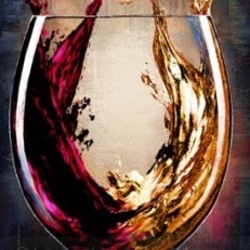
Langmeil
Jackaman's Barossa Cabernet Sauvignon 2010
Warm spiced fruits of blackberries, black cherries, black plum, blueberries, light green cooked pepper, black licorice and dry dark florals on the nose. Palate of; plum, black plum, blackberries, black cherries, dry cranberries, warm spices, nutmeg, suede leather, powdery m+ tannins, black licorice, black tea, underbrush, good acidity and a nice medium body finish that is ripe fruits along with dry, slightly tarry tannins. Photos of a old 1800 wagon used to work vintage and Shiraz 🍇's making their first steps toward becoming wine.🍷 35 year old vines. — 9 years ago
Romain Duvernay
Domaine de Cabane Cotes Du Rhone Red Rhone Blend 2018
Classic looking bottle. Lovely deep purple color. Smells like berry ice cream and smoke. Flavors of the Rhone if a bit on the big/heavy handed side of the style. Coffee and berry pie with a scoop of ice cream. That’s what I’m tasting here. Sorta short on the backside, but I’d be quite pleased with a glass of this at my favorite wine bar or bistro. It’s even mostly Grenache! Good job blending the S(yrah) & the M (ourvèdre) in there Romain D. — 4 years ago
Gérard Bertrand
Art de Vivre Grenache Blend 2015
Fresh & surprisingly light.
S/G/M blend with pure black fruit with some earthy spice aromas and a whiff of Mediterranean garrigue.
Nicely balanced on the palate with fresh acidity, fine tannins & good length. The fruit fresh & crunchy. Good length, too.
Good food wine. — 4 years ago
Caliza Winery
Azimuth Red Blend 2018
A friend who introduced me to couple of great boutique Paso wineries brought this GSM from his new discovery.
Signature Paso ripe lightly candied fruits leaning on the darker and more savory side. Dark chocolate, peppery spices, and game too. Full body. Dense and beautifully textured. Ripe soft tannins.
50/30/20 M/G/S blend. Powerful and rich. — 4 years ago
Quinta de Fafide
Reserva Douro Touriga Nacional Blend 2017
Been a while but this was really very good - 3rd bottle of this we’ve had this weekend on lockdown. £10 a bottle at M&S. Let it breathe a bit and the rewards are fantastic. You feel it though - 14%. One to savour. — 6 years ago
Vital Wines
Walla Walla Valley GSM 2016
It’s got more M than G or S, and is Columbia Valley, not Walla Walla AVA, but it’s terrific nonetheless. It’s clearly got Walla Walla fruit in abundance though, because it’s showing that inimitable combo of intense savory minerality and plush high pH mouthfeel. Smoky and stony and iodiney on the nose, with mouthcoating savory clingy flavors. Finish goes on and on. The fruit for this wine is donated by several Washington State growers so the proceeds from the sale of the wine can support a free health clinic that, in large part, benefits vineyard workers. Great idea! Great people! — 7 years ago
Booker Vineyard
Vertigo Paso Robles Grenache Blend 2010
On the nose, sweet & slightly baked; blackberries, black plum, plum, black raspberries, raspberries & dark cherries. Raspberry cola, perfect intensity of baking spices, soft & savory grilled meats, touch of fresh herbs, just a whiff of pepper, lavender, lilacs and liquid violets. The palate is full bodied, round & lush. The M-M+ tannins are soft and round and about 60% resolved. Gorgeous in the mouth. The fruits are creamy in style. Ripe; blackberries, black plum, plum, black raspberries, raspberries, dark cherries and ripe strawberries. Raspberry cola, vanilla, understated spice, pepper, savoy grilled meats, dry herbs, dry crushed rock powder, a little underbrush, iron pan, loamy dry top soil, some black moist earth, hint of mocha powder, milk chocolate, cigar ash, suede style leather, lavender, lilacs & liquid violets, perfect, round, mouthwatering acidity, great; balance, structure, tension and length. The very long finish is round, lush and has sex appeal. It's drinking really well with a hour/hour & half decant. Better in 1-2 years and has another 4-7 years of really good drinking ahead of it. Great pair with the grilled Kentucky Bourbon marinated chicken skewers and seasoned wild rice. Photos of; Eric Jensen (Owner/Winemaker), tasting room bar, Eric working harvest and the Booker vineyard. Producer notes and history...Booker gets it's name from the two orphan brothers, Claude and Dick Booker, who had purchased the land in the late 1920’s. By the turn of the century, the Booker brothers acquired over 1,200 acres on Paso's westside. The Booker brothers dedicated their lives to being great farmers and humanitarians. Aside from lending their farming knowledge and manual labor to neighbors, they were the area's biggest philanthropists, leaving 100% of their estate to charity when they passed, Dick in 1990 and Claude in 2000. Eric and Lisa Jensen purchased 100 acres of the property in 2001. After making wine with Justin Smith (Saxum) for five years and Stephan Asseo (L'Aventure Wines) for two years, the Jensen's started Booker Vineyard. The 2005 vintage was Eric Jensen first release. Booker produces about 4,500 cases a year depending on what Mother-nature gives them. Booker is located on the westside of Paso Robles, immediately joining the famous Stephan Vineyards that produce L'Aventure Wines. The high-density vineyard is mostly Rhone varieties planted on steep hillsides of calcareous shale. They farm organically, sustainable and biodynamic and treat the entire vineyard as a living organism. Booker uses animals (normally sheep) for weed control and solar panels are placed at the house and winery. The Jensen's are definitely doing things right. If you haven't tried Booker, it's worth your effort. — 8 years ago
Château Clos L'Eglise
Pomerol Merlot - Cabernet Franc Blend 2005
3000th post. 🎉 On the nose; sweet, lush; black cassis, liqueur notes, sweet tarry notes, rich, lush; blackberries, dark cherries, black plum, plum, caramel, mocha, caramel, baking spices, warm, moist, rich, dark soils and fresh dark florals. The body is M and the tannins are round and soft. She is a beauty. Ripe, rich; blackberries, black plum, plum, dark cherries, black raspberries & poached strawberries. liqueur notes, sweet tarry notes, dark chocolate, mocha, caramel, baking spices, menthol, warm, moist dark earth, soft leather, dry rock powder, sweet black tea, fresh violets, dark, red florals, perfect round acidity and a rich, round, elegant fruit driven finish that last and lasts. Photos of; Clos E'Lgise and estate vines, signage, Helen Garcin-Leveque and her husband Patrice Leveque and their barrel cellar. Producer history and notes...Clos L’Eglise is one of the older chateaux in Pomerol dating back to the 18th century. The same time the farmhouse that is still in use was constructed. At the time, Chateau Clos L’Eglise was a larger estate. It once had been apart of the Gombaude Guillot. Eventually the estate was split in half. On one side of the street, you had Chateau Clos l’Eglise; which was owned by the Rouchut family. Across the street sat Chateau Clos l’Eglise-Clinet, which was owned by the Mauleon family. After awhile, Clos l’Eglise Clinet eventually changed its name to Chateau l’Eglise Clinet which also simultaneously gave birth to what we know today as Clos L’Eglise. While the wines are now produced by Helene Garcin that was not always the case with Clos L’Eglise. At one point, the estate produced wines under a leasing arrangement held by the Rouchut family. The modern era of Clos L’Eglise began in 1975, when the property facilities were all redesigned and modernized by the Moreau family. The Moreau’s also owned Chateau Plince. The old, non temperature controlled wood tanks were replaced by stainless steel. The vineyards were also expanded. Instead of buying more vines, the owners simply planted land that was being used as a pasture. Imagine now, Pomerol land being used to feed cattle. In the past, the property was planted with a much larger percentage of Cabernet Sauvignon, near 20%. All the Cabernet Sauvignon vines were eventually ripped out and replaced by Merlot. The next step of it's evolution took place in 1997 when the Right Bank estate was sold to Sylvaine Garcin Cathiard by the Moreau family. If the Cathiard name sounds family, she is the sister of Daniel Cathiard, the owner of Chateau Smith Haut Lafitte. The sale set a new benchmark price for Pomerol when it sold for 12 million Euros! Today that price would be laughable! Prior to 2000, that was considered a huge price for Pomerol. Further investment was needed to replace the aging concrete vats and again modernize the facilities. In fact, the first vintage of Clos L’Eglise made by Helene Garcin was produced at Haut Bergey in Pessac Leognan. Helene Garcin also manages two estates in St. Emilion, Chateau Barde Haut, Chateau Poesia (Mendoza, Argentina) and Branon, which is situated in Pessac Leognan. Helene Garcin was put in charge of the property. She hired Michel Rolland as a consultant and a complete renovation of the facilities took place. Michel Rolland was eventually replaced by Alain Raynaud. Starting with the 2015 vintage, Thomas Duclos recently replaced Alain as the consultant. Their property is nearly 6 hectares. L’Eglise soils are rich clay, gravel and iron. It's located on a sloping hill near Chateau Clinet, Chateau L’Eglise Clinet and Chateau Trotanoy. Clos L’Eglise is planted to 80% Merlot and 20% Cabernet Franc. On average, the vines are 35 years of age. There is one old parcel of Cabernet Franc that was planted in the 1940’s. Vinification of Clos L’Eglise takes place in 55 hectoliter, insulated, stainless steel tanks. The new steel tanks replaced the oak vats in 2012. Malolactic fermentation takes place in barrel. Clos L’Eglise is aged in 100% new French oak for between 16 and 18 months. The property also has a second wine, Esprit de L’Eglise. On average, about 1,200 cases of Clos L’Eglise are produced every year. — 8 years ago






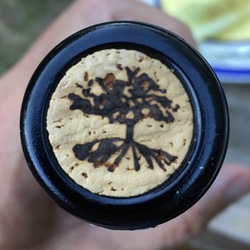

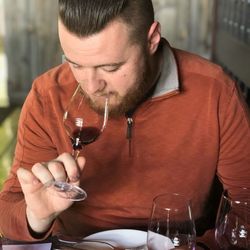




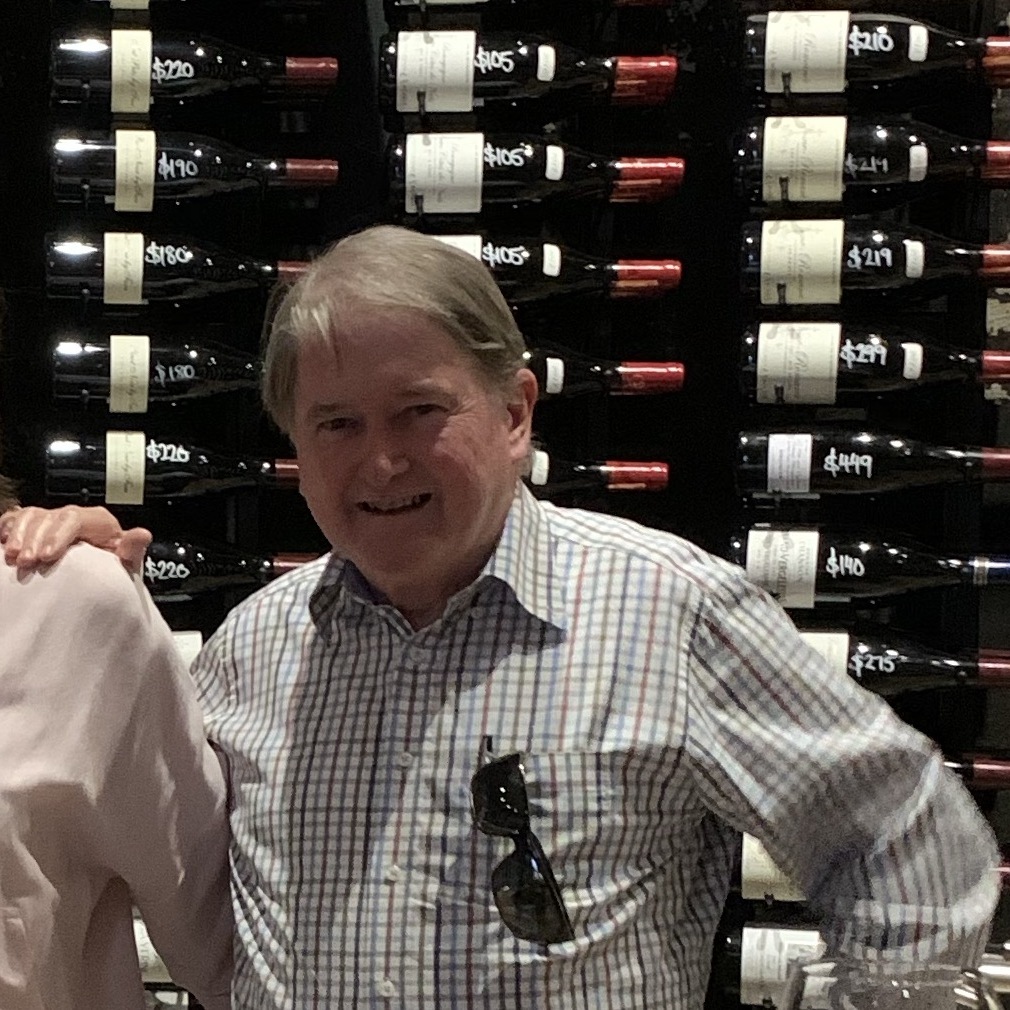

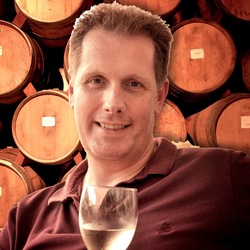


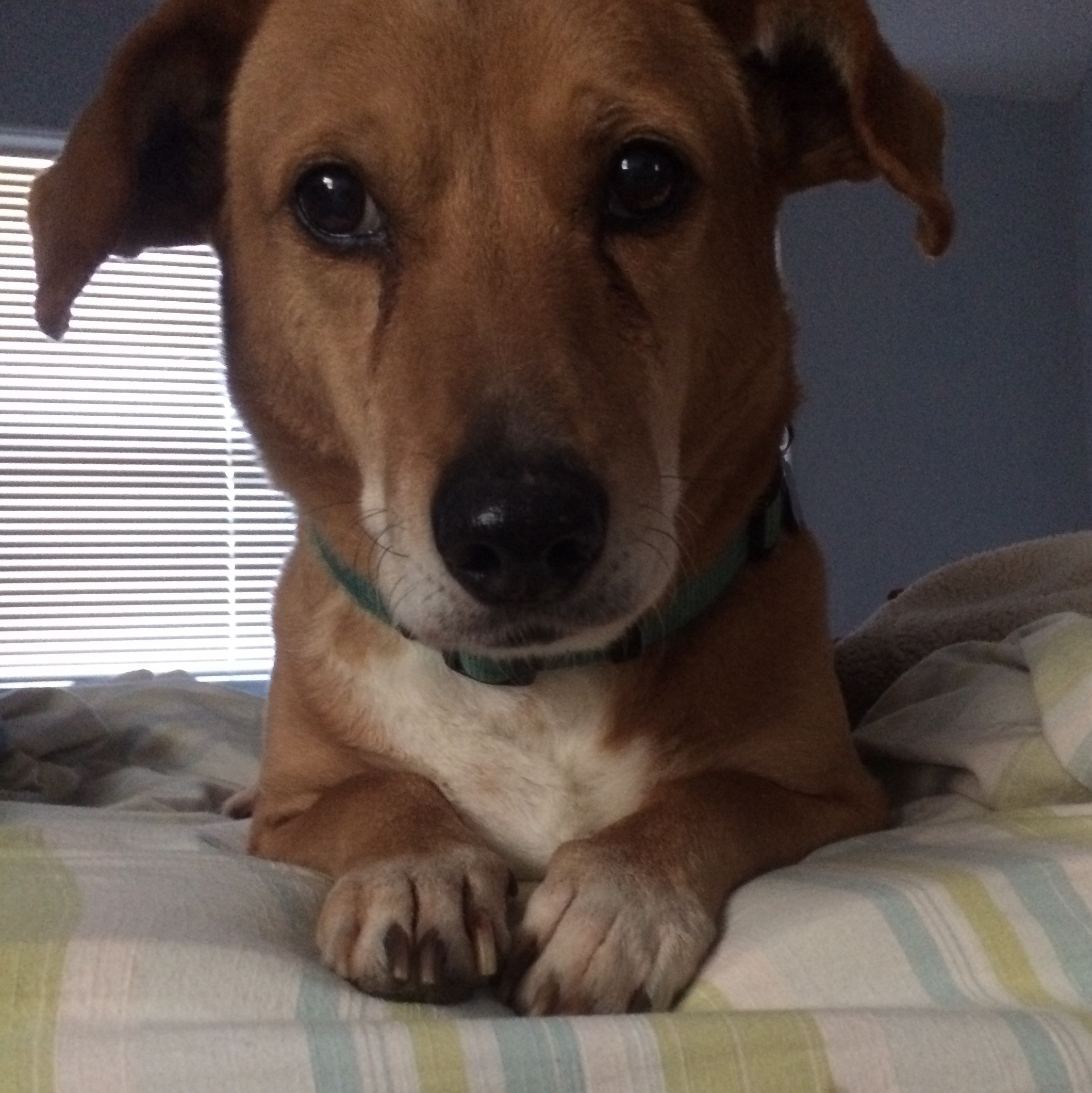


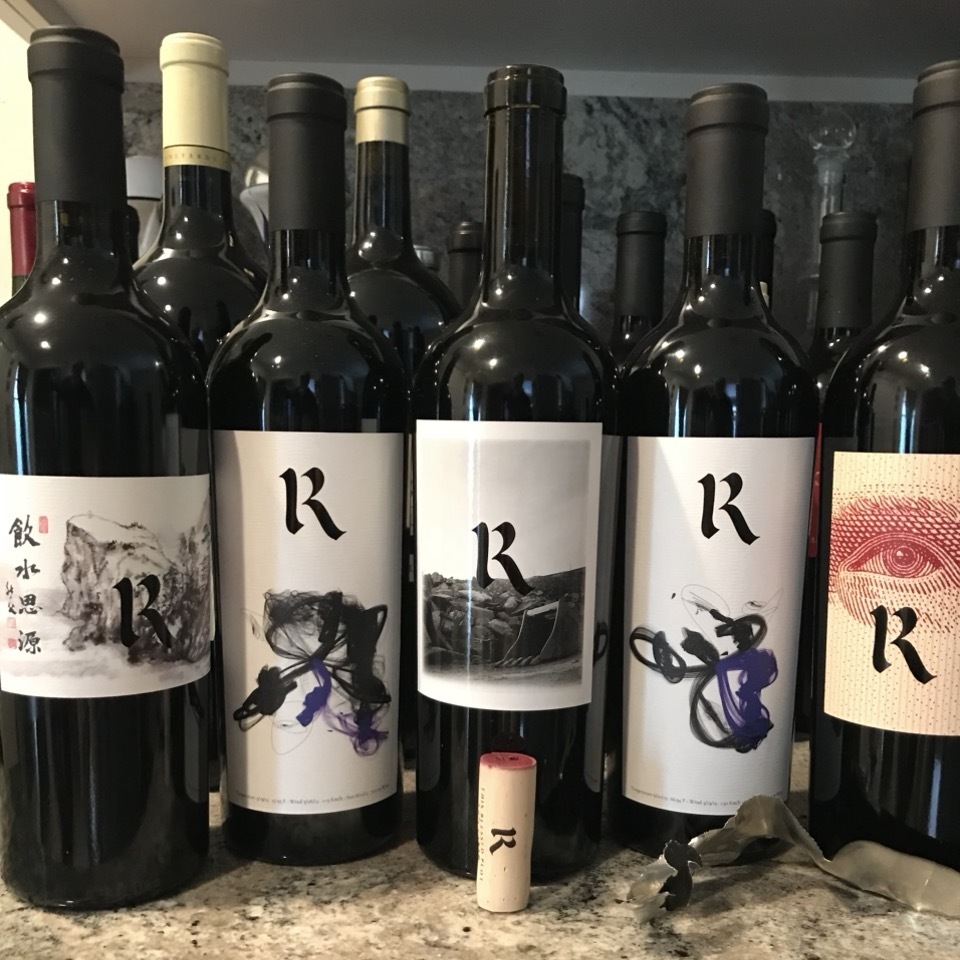
GV
Solid and punchy red with a deep, dark hue. Lots of fruit and hint of violets on the nose. Cherry, berries and red fruit. Went very well with a pork loin in a tuscan bean tomato sauce. — 3 years ago